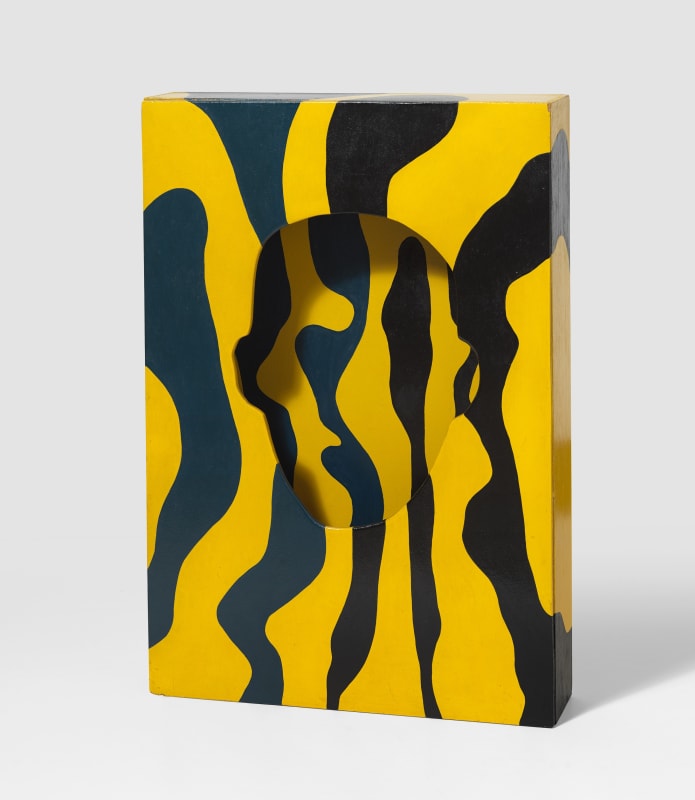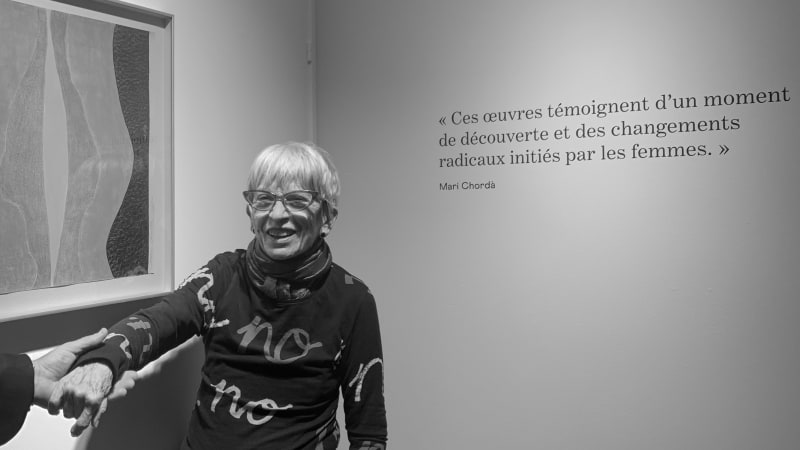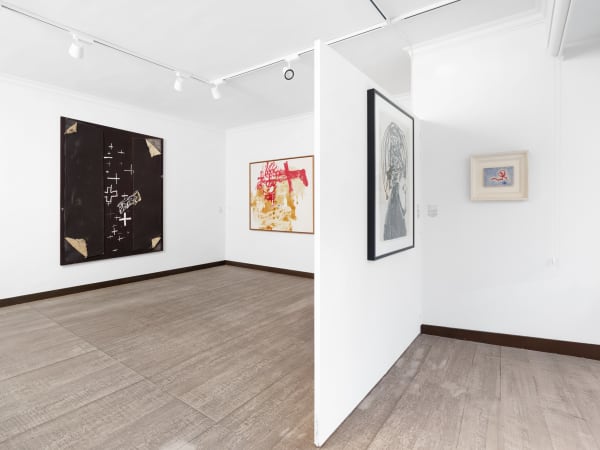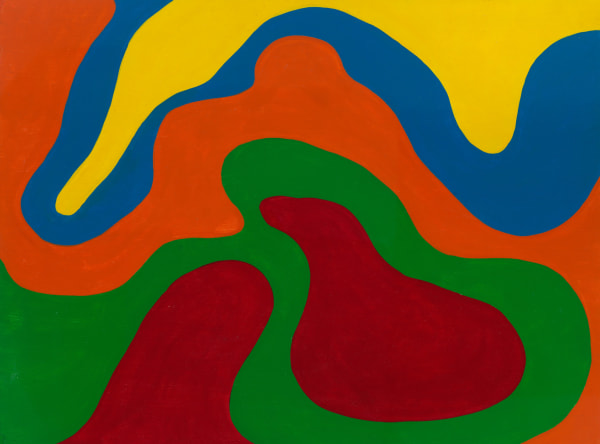Mari Chordà Amposta, b. 1942
"Much of today's feminism drinks from that other era: ideologies are not born like flowers in the spring, just like that. They are created little by little through changes over time."
- Mari Chordà
-

Résistance et renaissance : l'art espagnol d'après-guerre
Paris 20 Oct - 20 Dec 2025At a time when history seems suspended and collective memory kidnapped by official silence, post-war Spanish art is offered not as a witness, but as a practice of material resistance...Read more -

Breaking the rules. Mari Chordà | Angela Garcia Codoñer | Isabel Oliver | Eulàlia Grau
PARIS 12 Jan - 18 Mar 2023ekekeRead more -

Mari Chordà. Feminist Landscapes
PARIS 5 Apr 2022 - 14 Jun 2023Following the first iteration in Barcelona, this exhibition pays tribute to the artistic career and work of Mari Chordà (b. Amposta, 1942) with a selection of 11 works created between...Read more -

Mari Chordà. A Pioneering Feminist Artist
BARCELONA 26 Nov 2021 - 21 Jan 2022Mayoral presents a monographic exhibition dedicated to the Catalan painter, poet and feminist activist Mari Chordà. This exhibition pays tribute to the artistic career and work of Mari Chordà (Amposta,...Read more
-

¡La revolución será feminista o no será! | Julie Crenn
Julie Crenn speaks about Mari Chordà, Angela Garcia Codoñer, Isabel Oliver and Eulàlia Grau on the occasion of the exhibition "Breaking the rules" at Galeria Mayoral, Paris January 5, 2023The exhibition requires us to place the works in context. We are in Spain, in the 1960s-1970s. Franco has been in power since 1936. He...Read more -

Mari Chordà and Assumpta Bassas in conversation at the MACBA (CATALAN)
Mari Chordà and Assumpta Bassas speak about the exhibition "Mari Chordà. A Pioneering Feminist" shown at Galeria Mayoral, Barcelona December 10, 2021Mari Chordà, Macba Barcelona, Galeria Mayoral, Feminista, Femenist ArtistRead more -

Chus Martínez on Mari Chordà
Chus Martínez talks about the exhibition "Mari Chordà. A Pioneering Feminist Artist" at Galeria Mayoral, Barcelona July 2, 2021Painting is movement. It uses the mind as if it were technology and the eye like the dynamic interface which provides each image with rhythm,...Read more











